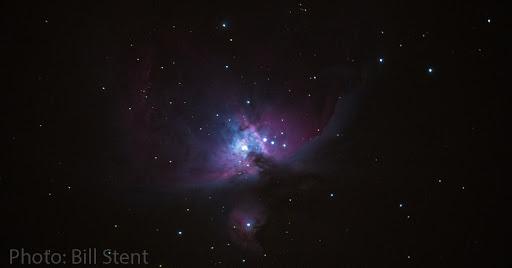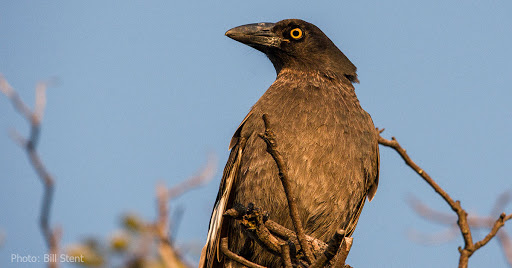Tawny Frogmouths

Frogmouths have nested at my local park for as long as I have lived here. There are a few nest sites, all in Ironbarks, and normally close to the creek. Only one site is not near the creek, and I suspect this is only used when the population is high and nesting sites are hard to come by. The nests themselves are flimsy; a handful of sticks placed across a horizontal fork in the branch. The fork has to be fairly close to the trunk. Frogmouths are famous for their camouflage. They really do look like stumps, especially when they adopt that head-up pose. The local pair lost their previous site a few months back when the branch broke off in a storm. I haven’t seen the new nest yet. I have seen an adult on several nights, so it must be close. People think Frogmouths are owls, because they’re active at night. They’re actually nightjars. Owls are genuine raptors who catch their prey in their talons. Nightjars use only their beaks to catch prey. If you have a close look at a frogmouth,...







